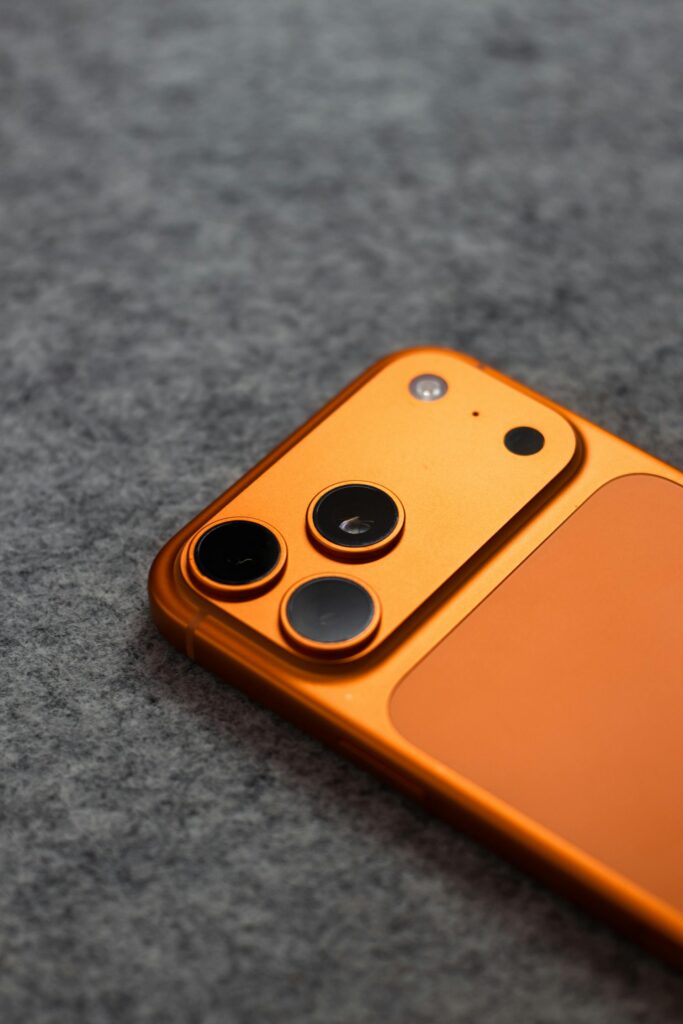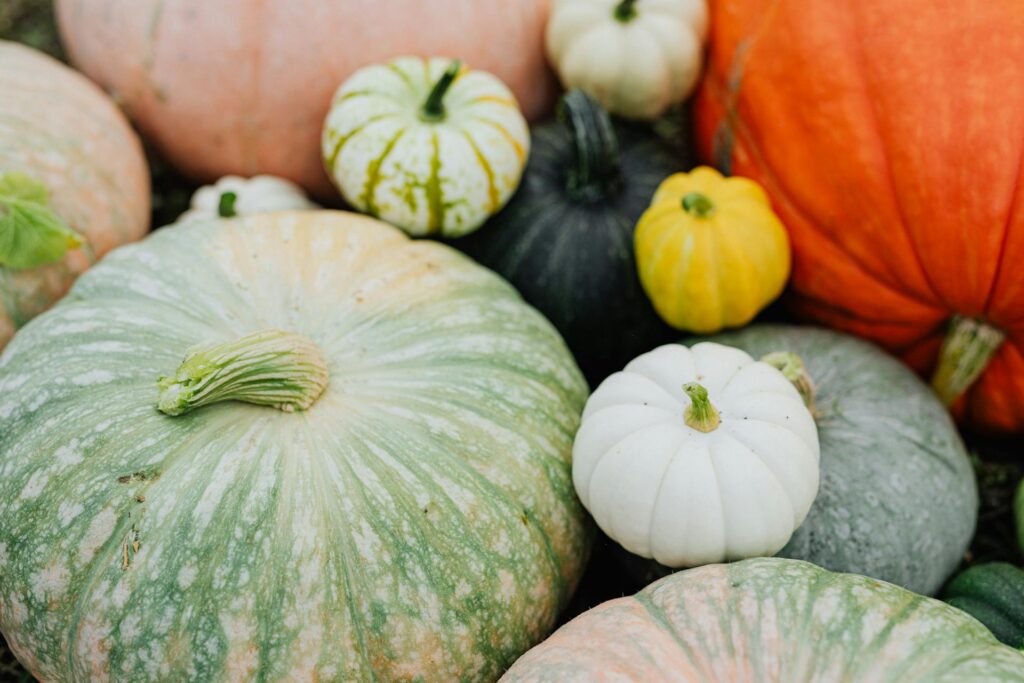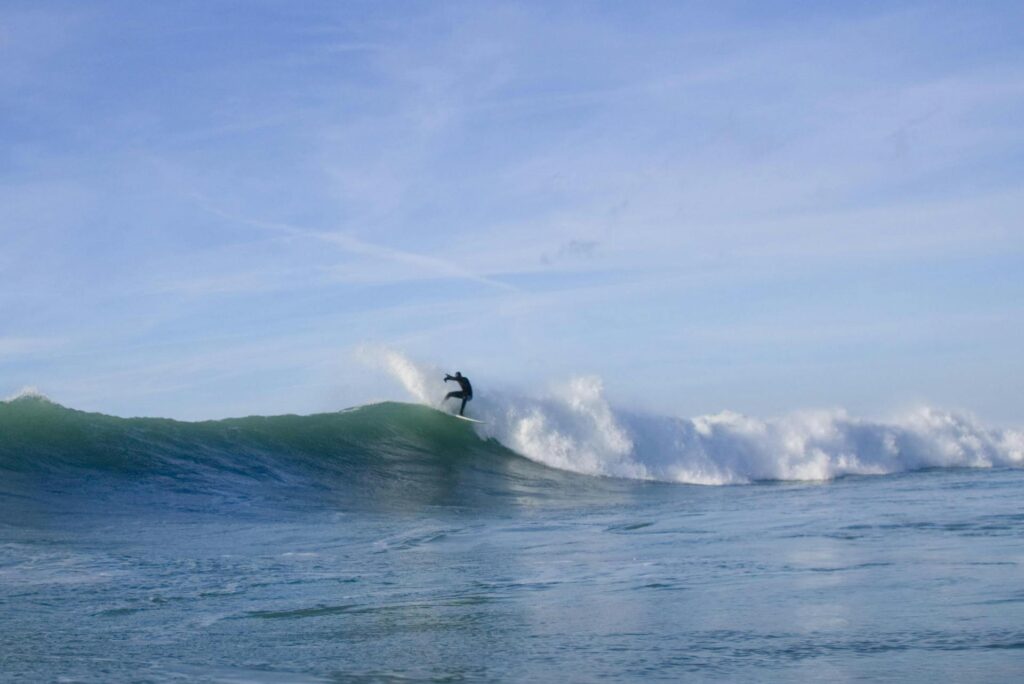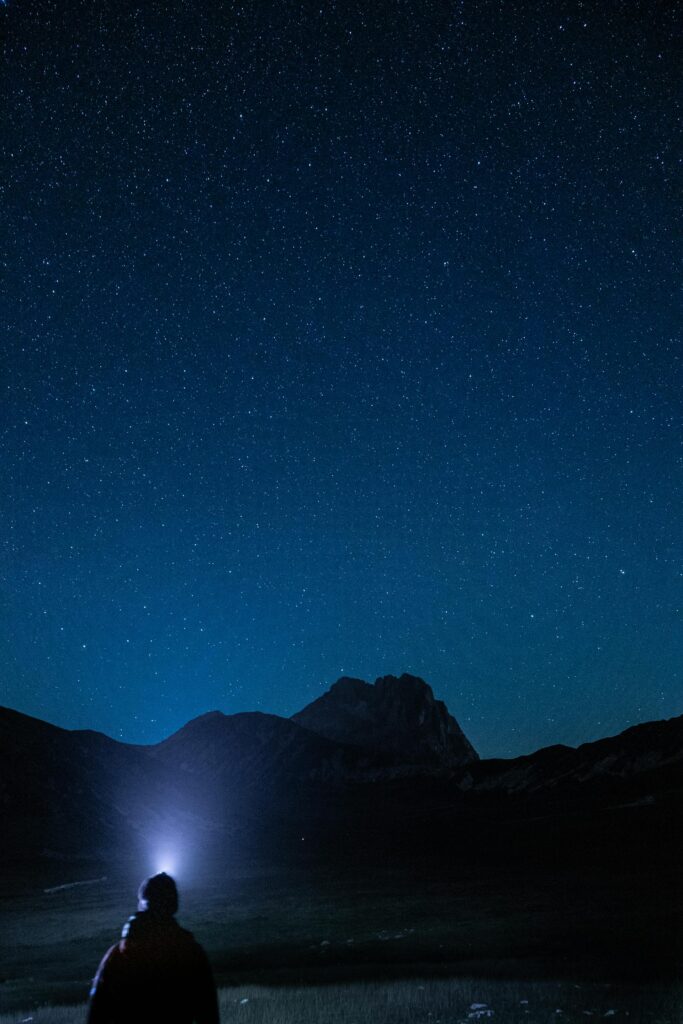Ceasefire between Israel and Hamas Leads to Release of Prisoners and Hostages

Hamas and Israel have agreed to a ceasefire starting on October 13, 2025. Israel will release its Palestinian prisoners and Hamas will release Israeli hostages. This has been called a “first phase” of the ceasefire (according to BBC’s CBBC newsround).
Northern White Rhinoceros on The Brink of Extinction

Fatu and Najin are the last two living Northern White Rhinos after Sudan, the last living male, died by being euthanized at the age of 45 on March, 19, 2018 in Ol Pejeta Conservancy in Kenya. The species was driven to being functionally extinct by poaching, habitat loss, and war.
Going Quiet

Warren Buffett — a legend of investing, will be “going quiet” at the end of this year, and Greg Abel would be his successor. He announced this news to the Berkshire community with the Thanksgiving letters he sent on November 10, 12 AM PT. In those Thanksgiving letters, he reassured the shareholders that he remained in good health generally, but also said he felt the effects of aging more clearly on his balance, sight, hearing, and memory.
Government Shutdown In America Leaves Workers Unpaid

In early October, the Senate failed to advance a GOP-backed measure that would have continued funding for the government. On October 23, in the midst of the shutdown, the Shutdown Fairness Act (which was intended to only pay “essential” workers) introduced by GOP senator Ron Johnson of Wisconsin fell 6 votes short (54 to 45) of getting 60 votes to continue this bill.
iPhone 17 Goes to the Market and Wins Big

The Apple iPhone 17 hit the market in September and sold out after minutes of going on sale. With the global release of new products, they outsold iPhone 16 series by 14% just on the first ten days and reached a new high of valuation. This new series brings many improvements which should make up for the many flaws in products from earlier this year.
UK Twins Smash World Record with Giant Pumpkin

Imagine a pumpkin so huge it weighs more than a small car and has a circumference of over 21 feet. That’s exactly the kind of pumpkin that twin brothers Ian and Stuart Paton from the UK presented to Guinness World Records this October.
Otter Surfboard Hijackers Make Waves again in Santa Cruz, California

On October 15, 2025, amidst the rolling waves of Steamer Lane, a renowned surf break in Santa Cruz, California, 21-year-old college student Isabella Orduna was wrapping up a surf session when she felt something pinch her foot. She ditched her board and jumped into the chilly Pacific, only to find “a big, fuzzy, chunky bear of an otter” lounging on her surfboard. Orduna recounted, “I was like, wow, what do I do now?”, as her board had been seized by an uninvited otter.
Texas Company is Expanding Access to Stargazing

Imagine if you could stargaze in your house while your telescope is far away in Texas capturing stunning pictures of exploding stars. That’s what Jonathan Semeyn does on clear nights. “The conditions here aren’t great for astrophotography,” he says, talking about his tiny backyard with limited sky views.
How Schools Should Handle AI Instead of Just Punishing It

The cheating scandals at South Korea’s top universities, especially the one incident where students used ChatGPT on a test for a class literally called “Natural Language Processing and ChatGPT” show that schools are fighting a battle they can’t win if they don’t change their outdated system.
Government Shutdown: Are We Serious?

Government Shutdown: Are We Serious? I must admit something: despite calling myself a journalist, I’ve never bothered to concern myself…